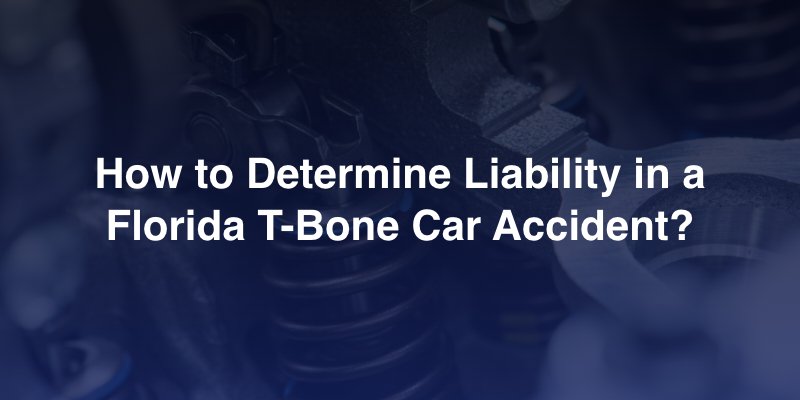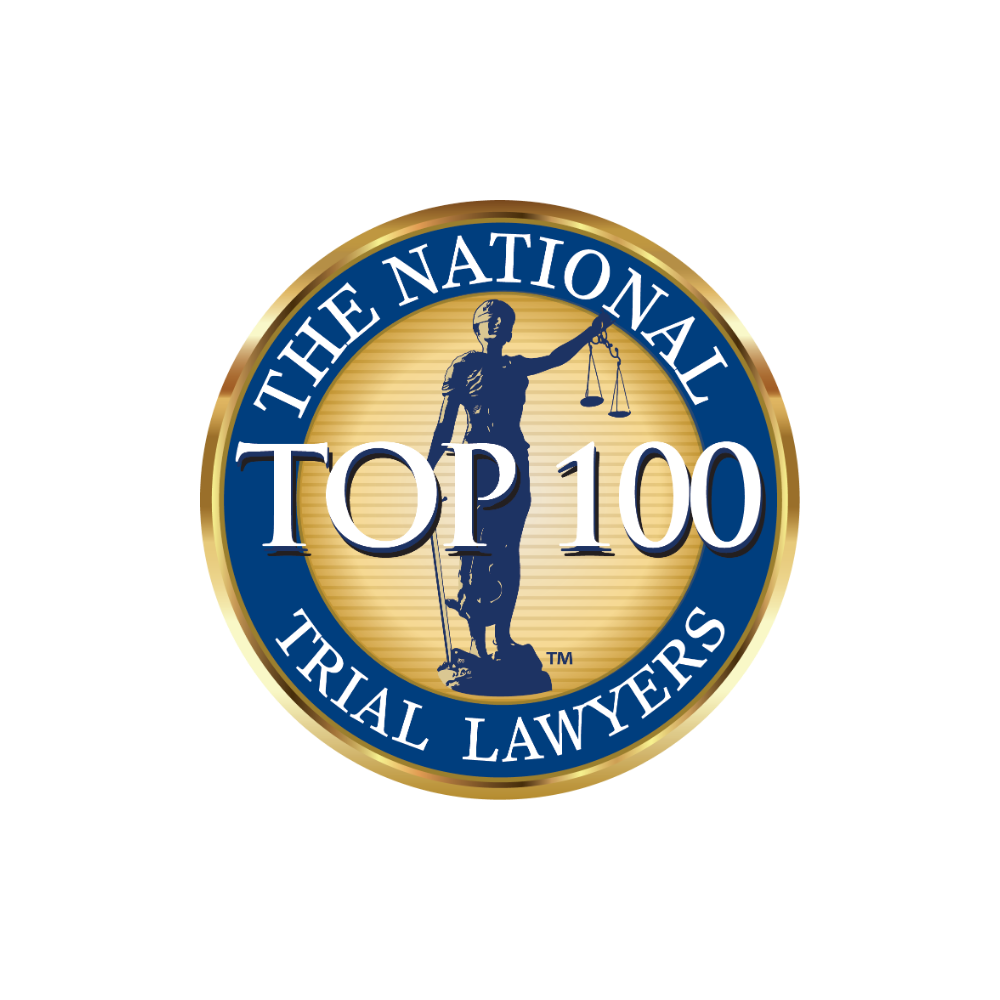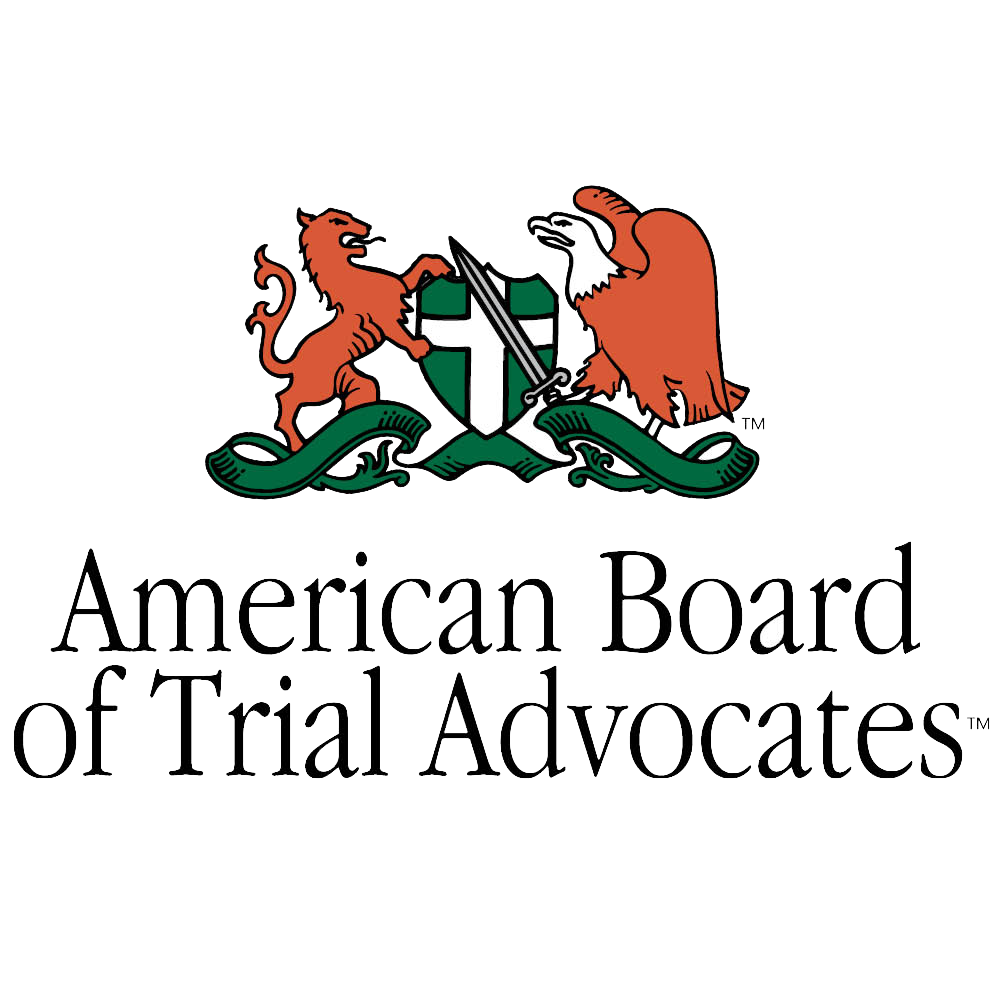T-bone accidents, which you may see referred to as side impact crashes, can cause severe injuries and lead to major property damage for Florida victims. Unfortunately, these incidents also represent challenges for those harmed by the negligence of other drivers. Insurance carriers, when they get involved, often try to limit how much compensation victims receive. Sometimes, they deny a T-bone claim altogether. Here, we want to examine how these incidents typically happen as well as delve more in-depth into the challenges T-bone accident victims face. If you were injured in a t-bone accident, make sure to speak with an experienced car accident lawyer in Port St. Lucie for legal guidance.
Common Causes of T-Bone Accidents
- One of the most common causes of T-bone accidents is a driver running a red light or stop sign. When a vehicle operator doesn’t stop or yield at an intersection, they can collide with the side of a vehicle that has the right of way.
- Drivers who are distracted by their phones, the GPS or radio, pets, or something else may not see an oncoming vehicle when crossing an intersection, leading to a side-impact crash.
- Alcohol or drug impairment can significantly reduce a driver’s reaction time and decision-making abilities, increasing the likelihood of a T-bone accident.
- Reckless behaviors, such as speeding, street racing, aggressive driving, or failing to yield, can contribute to T-bone accidents, especially at intersections where traffic from multiple directions converges.
- Adverse weather, poorly maintained roads, or insufficient signage can also play a role in causing T-bone accidents, particularly if they lead to a loss of vehicle control or reduced visibility.
Injuries Commonly Sustained in T-Bone Accidents
T-bone accidents can result in severe injuries for those involved due to the limited protection on the sides of vehicles. The severity of injuries typically depends on the speed and angle of the collision, as well as the size and weight of the vehicles involved.
- Traumatic brain injuries
- Neck and back injuries
- Chest and abdominal injuries
- Limb injuries
- Psychological trauma
Establishing liability in a T-bone accident can be challenging, as these cases often involve conflicting accounts from the drivers involved and multiple factors contributing to the crash. In Florida, several key elements are considered when determining liability:
- Traffic laws and right of way. Florida traffic laws play a significant role in determining fault in T-bone accidents. If a driver violated traffic signals or failed to yield the right of way, they are likely to be held liable for the crash.
- Driver statements and witness testimony. Statements from the drivers involved, as well as independent witnesses, can provide valuable insights into the events leading up to the accident. However, these accounts may be biased or incomplete and need to be corroborated with other evidence.
- Physical evidence. The damage to the vehicle and other property, skid marks on the road, and the final positions of the cars can help reconstruct the accident
- Surveillance footage. Footage from nearby traffic cameras or security cameras can offer unbiased visual evidence of the events leading up to and during the collision, providing clarity in cases where fault is disputed.
Florida’s No-Fault Insurance System and T-Bone Accidents
Florida operates under a no-fault insurance system, which means that after a collision happens, each driver’s own insurance policy covers their losses up to the limits of their Personal Injury Protection (PIP) coverage, regardless of who caused the accident. However, this system has limitations:
- Limitations of PIP coverage. PIP coverage in Florida typically covers only up to $10,000 in medical expenses and lost wages, which may not be sufficient for severe injuries resulting from a T-bone accident. Victims with damages exceeding their PIP coverage may need to pursue additional compensation through a claim against the at-fault driver’s insurance.
- Serious injury threshold. To pursue a claim against the at-fault driver for additional compensation beyond PIP coverage, the victim must meet Florida’s “serious injury” threshold.
Protecting Your Rights After a T-Bone Accident
If you have been involved in a T-bone accident in Florida, there are various things you can do to protect your rights and strengthen your claim:
- Seek medical attention. Your health and safety are the top priority. Even if you do not feel seriously injured, it is important to seek medical attention as soon as possible, as some injuries may not present signs or symptoms right away.
- Report the accident. Contact the police to report the accident and obtain a copy of the police report. This document is essential for your claim, as it provides an official record of the incident.
- Gather evidence. Take photos or videos of the accident scene, including vehicle damage, road conditions, and any visible injuries. Collect contact information from any witnesses who can provide an independent account of the accident.
- Contact an attorney. An experienced Port St. Lucie injury attorney can help you navigate the complex legal and insurance landscape, protect your rights, and pursue the compensation you deserve.
Understanding the common causes of these accidents, how liability is determined, and the nuances of Florida’s no-fault insurance system is essential for protecting your rights. If you or a loved one has been injured in a T-bone accident, seeking legal guidance can help you navigate the complexities of your case and work toward securing the compensation you need for your recovery. Contact us today.




